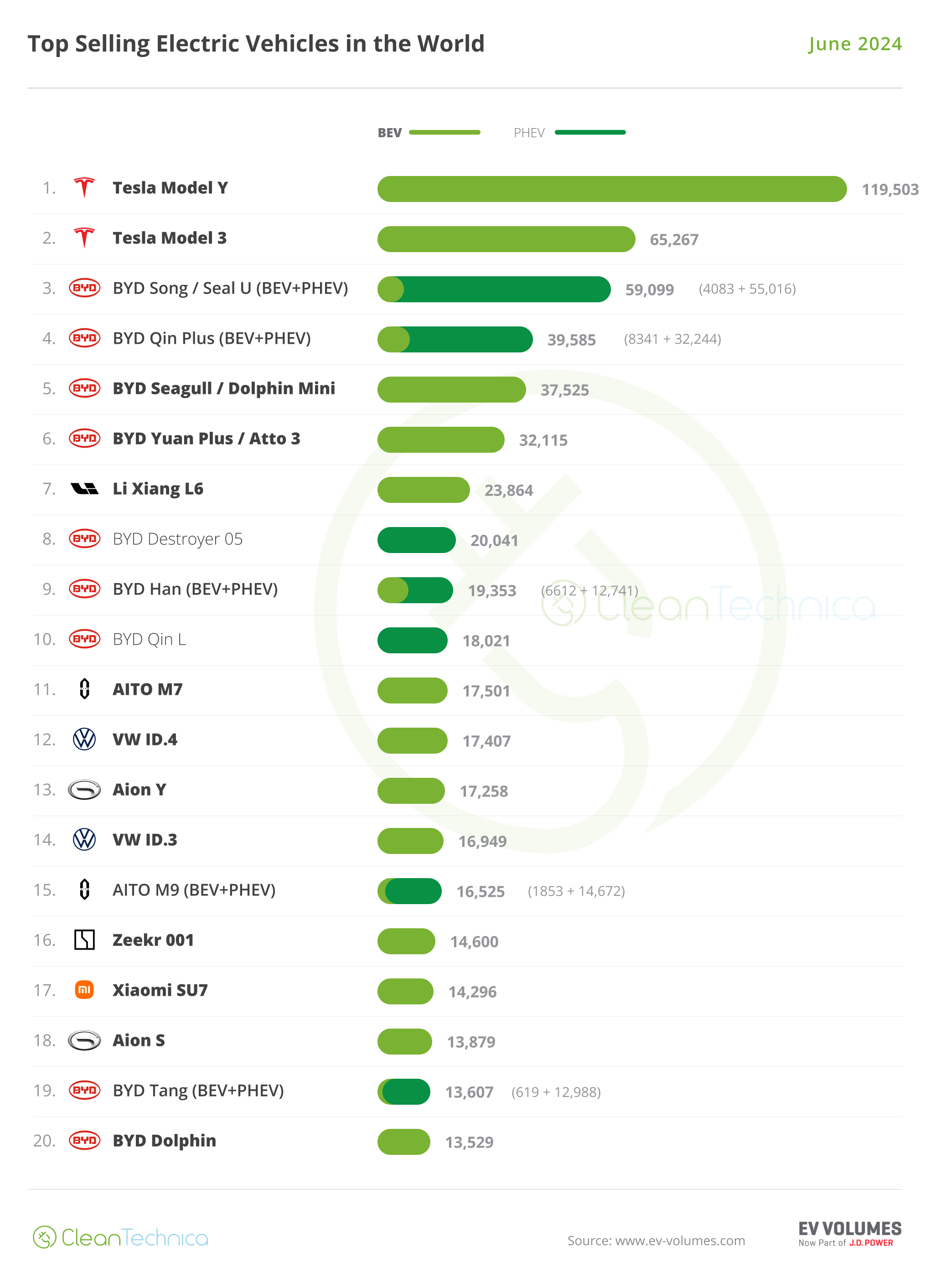Mining is a highly risky activity that poses more serious occupational hazards than any other industry. Mine operators are obliged to adopt the best mining safety equipment and health practices at their sites, as injury-free shifts are the largest indicator of a successful mining operation.
Many regulations and laws are in place to protect the health and safety of miners and underground personnel. These policies require facilities to ensure that workers are protected in any scenario.
Mining safety equipment suppliers
With health and safety at the heart of any underground or mining facility, our intel, powerful data and experience in the mining and underground sectors has allowed us to put together a list of the most highly rated vendors, manufacturers and suppliers of US Mine Safety and Health Administration (MSHA) approved mine safety equipment, accessories and safety products worldwide.
The information in the download document is designed for mine operations managers, construction managers, engineers, strategists, technicians, procurement officers, trainers, UK Health and Safety Executive (HSE) advisers, and any other individuals involved in occupational health and safety of mining operations.
The download contains detailed information on the suppliers and their product lines, together with contact details, to help you in your purchasing decision.
Mine safety products and mining PPE
Mining companies must take adequate safety measures to prevent mining disasters and equip workers with the last line of defence against any possible accidents and health hazards.
Mining safety equipment includes, but is not limited to:
- Personal protection equipment (PPE) such as hard hats, footwear and protective clothing
- Breathing apparatus, ventilators and self-rescuers
- Underground communication and monitoring systems, mining radios and telephones
- Hazard detection devices, such as proximity warning systems and gas detection units
- Fire protection apparatus
- Collision avoidance technology and powered haulage safety systems
- Atmospheric monitoring and air safety devices
Safe mining practices for employers
Employers must adhere to occupational safety and health standards so that all mining employees are protected from disease and serious injury.
The equipment and tools used in mining operations are a large part of minimising risks and preventing hazards. Equipment should be audited regularly and well-maintained to ensure optimal safety and performance, and any defective equipment must be replaced. It is important that all products and equipment are sourced from reputable suppliers to ensure high quality and compliance with approved standards.
For full details (including contact details) on the leading companies within this space, download the free Buyer’s Guide below:
Frequently asked questions
-
What types of safety equipment are essential in mining operations?
What types of safety equipment are essential in mining operations?
-
How does technology improve mining safety?
Technology improves safety by introducing monitoring systems that track environmental conditions like gas levels and air quality. Advanced warning systems and proximity detection devices help prevent accidents, while automation reduces human exposure to hazardous conditions.
-
What role does PPE play in mining safety?
Personal protective equipment (PPE) is the last line of defence for miners, shielding them from physical injuries, inhaling harmful substances, and exposure to extreme temperatures. Items such as helmets, gloves, and high-visibility clothing are critical to ensuring miner safety.
-
Why is regular equipment maintenance important in mining?
Regular maintenance of mining safety equipment ensures that all tools and protective gear are functioning optimally, reducing the likelihood of accidents due to equipment failure. Auditing and replacing outdated or malfunctioning gear helps maintain safety standards and operational efficiency.
-
What are the benefits of proximity detection systems in mining?
Proximity detection systems help prevent collisions between equipment and personnel by using sensors to alert operators when objects or individuals are in close range. These systems are crucial in preventing accidents in environments where visibility is limited, like underground mines.




